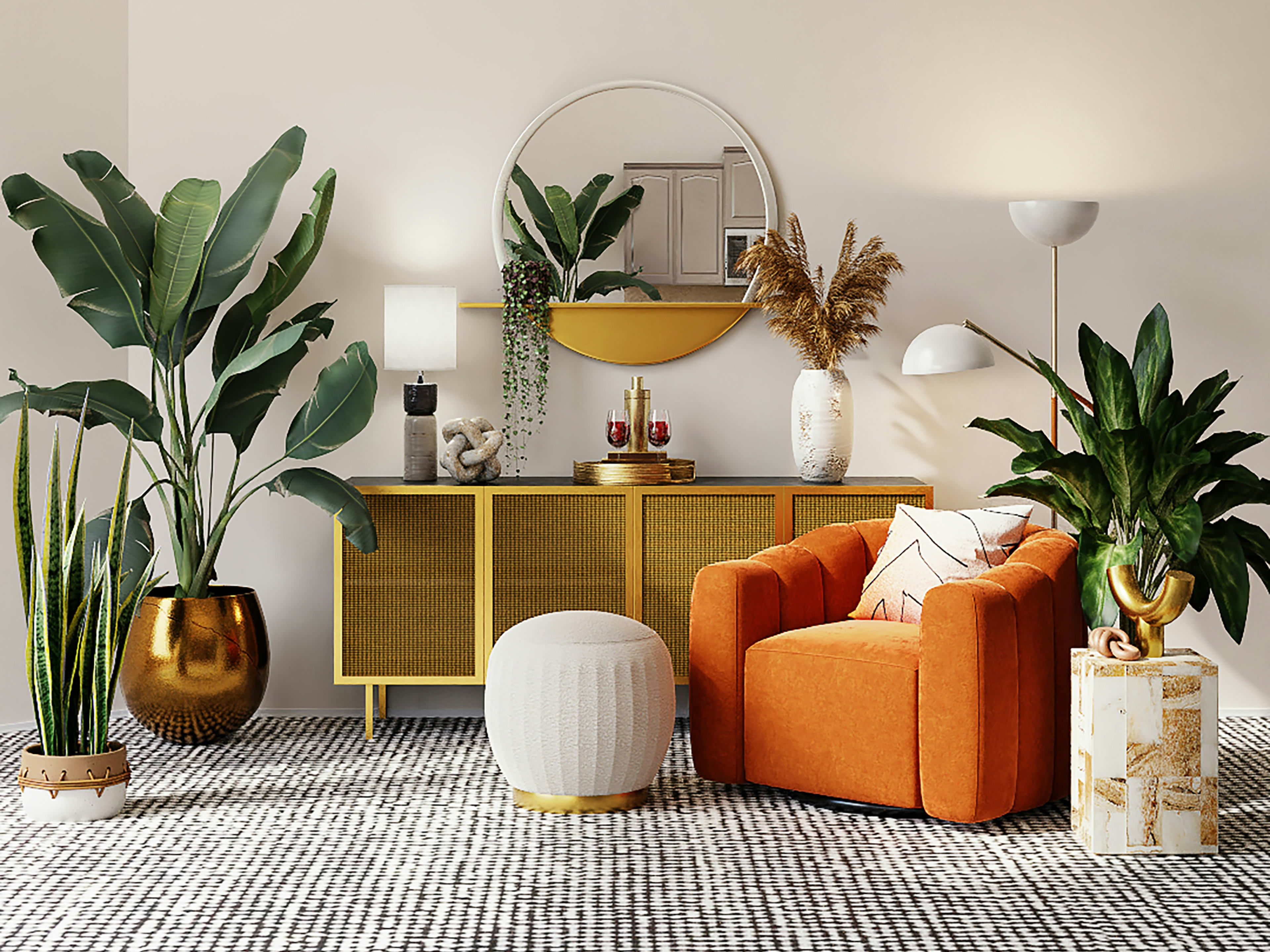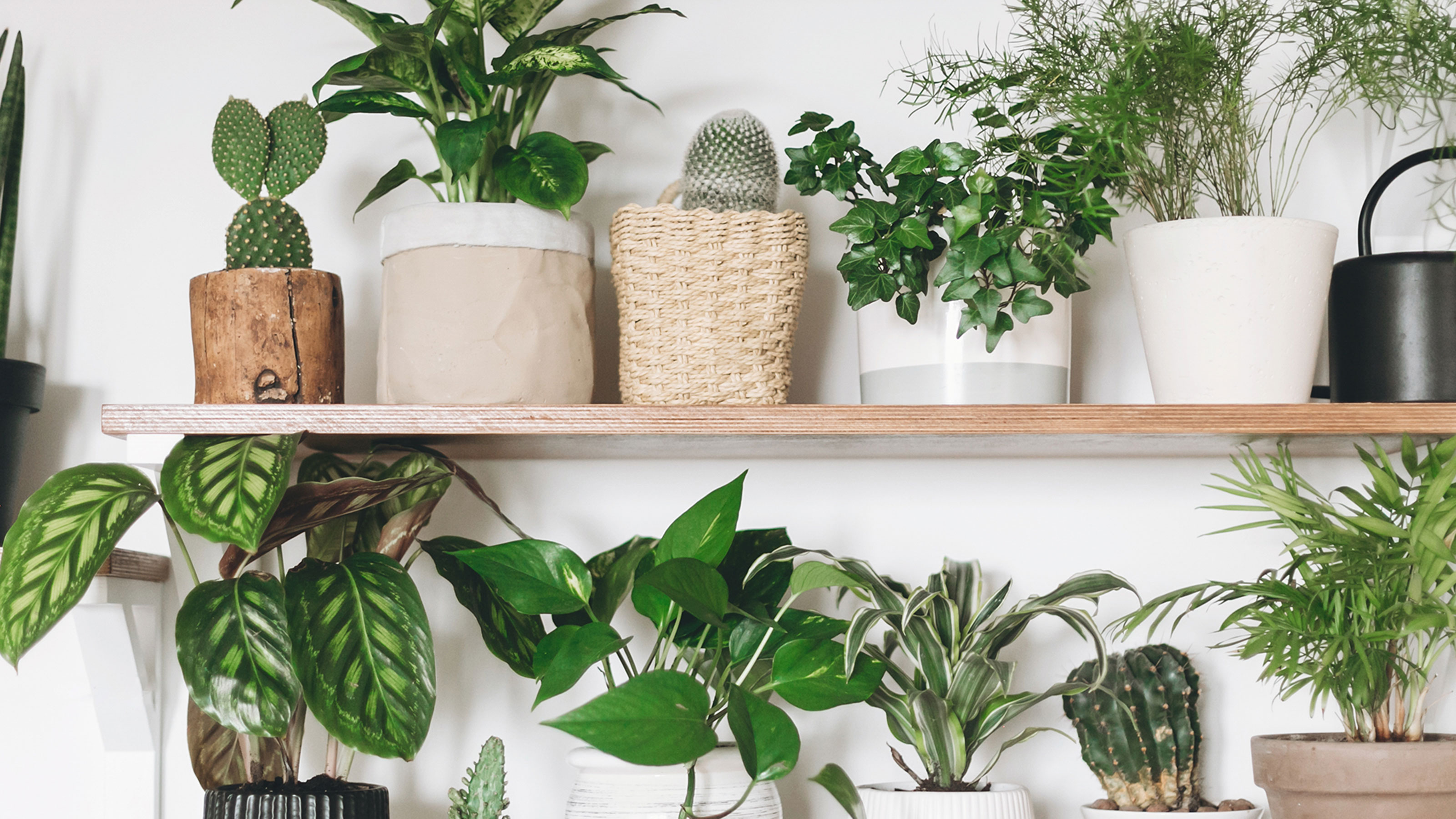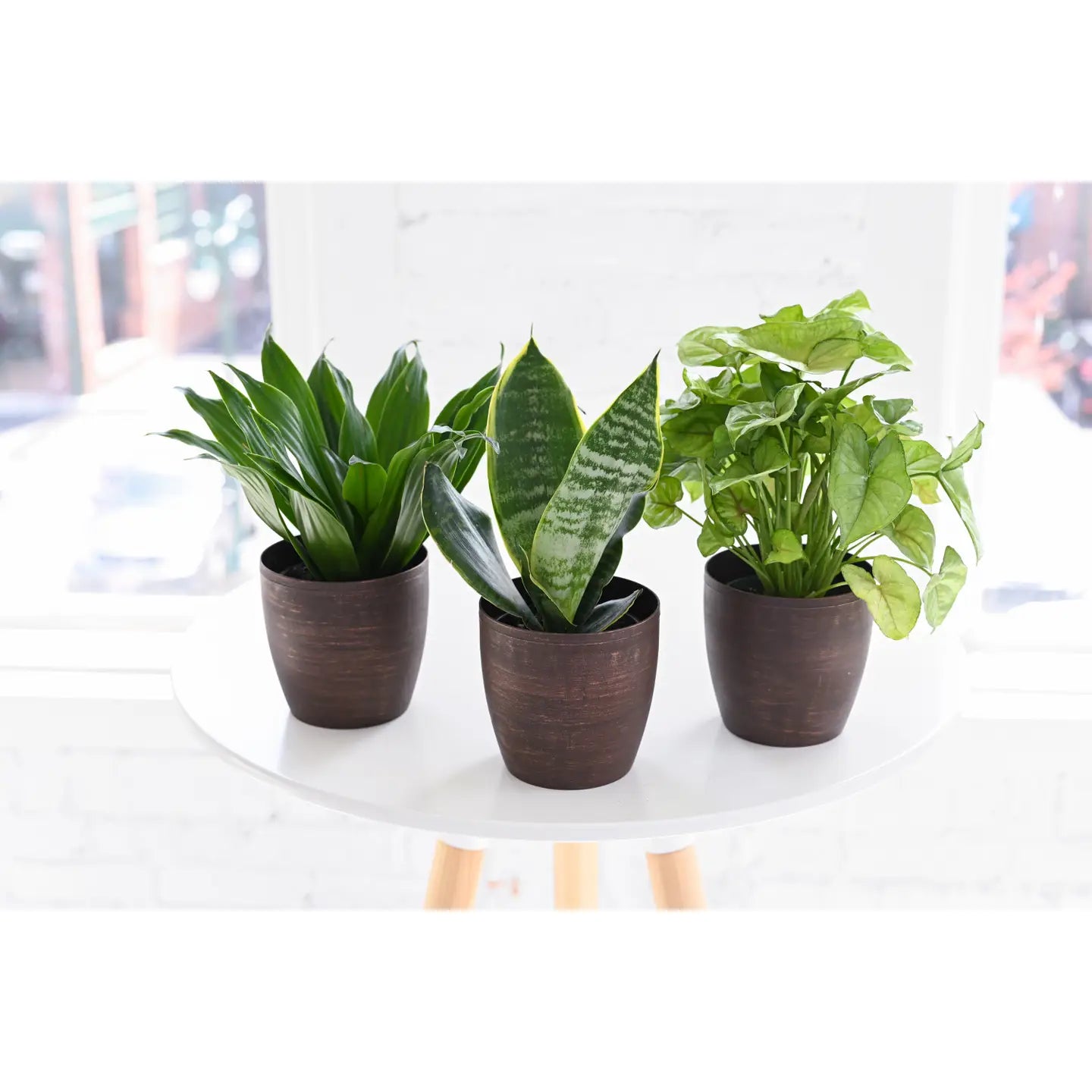Transform Your Home With Beautiful Low-Light Indoor Plants and Their Benefits
Incorporating low-light interior plants right into your home can significantly boost both the ecological and visual high quality of your space. These plants, which grow in dark conditions, offer not just as decorative aspects however also as all-natural air purifiers, making them ideal for urban residents or those with limited sunshine exposure. As we check out the different kinds of low-light plants and their advantages, you might locate shocking methods to incorporate them into your home that can change your environments in means you may not have actually expected.
Advantages of Low-Light Plants
Low-light plants use numerous benefits for interior settings, making them an exceptional selection for both newbie and seasoned gardeners. Among the main benefits is their versatility to low-light problems, enabling individuals to improve their living areas without the requirement for substantial sunlight exposure. This particular makes them ideal for apartment or condos, offices, and various other locations with restricted natural light.

In addition, including low-light plants right into home decoration can elevate the visual charm of an area. Their lavish foliage and varied textures develop a relaxing environment, adding to total well-being. Lastly, the presence of plant has been linked to decreased anxiety levels and improved efficiency, making low-light plants a useful option for improving both physical and psychological wellness in interior setups.
Top Low-Light Indoor Plants
While many indoor plants grow in bright light, a number of types are specifically fit for low-light conditions, making them excellent for different interior areas. One preferred choice is the Snake Plant (Sansevieria), known for its striking upright fallen leaves and durability, calling for very little treatment. One more exceptional choice is the Pothos (Epipremnum aureum), which includes heart-shaped fallen leaves and can route beautifully from wall mounts or racks, flourishing in reduced light and including a lavish touch.
The ZZ Plant (Zamioculcas zamiifolia) is celebrated for its glossy leaves and capability to withstand overlook, making it best for hectic lifestyles. Similarly, the Tranquility Lily (Spathiphyllum) not only endures reduced light however additionally produces sensational white flowers, enhancing any type of area's aesthetic.
For a special touch, think about the Cast Iron Plant (Aspidistra elatior), which undoubtedly lives up to its name, growing in the darkest corners of your home. The Chinese Evergreen (Aglaonema) provides a variety of leaf patterns and colors while being incredibly forgiving in low-light conditions. These plants not only enhance indoor atmospheres but likewise add to air filtration, improving your home.
Care Tips for Low-Light Plants

Watering techniques are essential; these plants usually choose slightly completely dry problems. Overwatering can bring about root rot, so make sure that the top inch of dirt is dry prior to sprinkling again. Use pots with drainage openings to enable excess moisture to escape.
Humidity is one more vital aspect. Numerous low-light plants, such as brushes and peace lilies, benefit from greater humidity levels. To boost humidity, think about misting the leaves or positioning a tray of water near the plants.
Fertilizing needs to be site here come close to with care. Throughout the growing season, use a weakened, balanced fluid plant food each month to support growth, however avoid fertilizing throughout the inactive wintertime months.

Innovative Ways to Display Plants
Indoor plants can function as exciting prime focus in any kind of area, boosting both visual allure and setting. Imaginative screens can elevate the visual influence of low-light plants, making them an indispensable component of your home design. One reliable technique is to make use of tiered plant stands, which enable you to showcase multiple plants at differing heights while optimizing floor room.
Hanging planters are one more cutting-edge alternative, developing a feeling of deepness and attracting the eye upward. Take into consideration macramé hangers or wall-mounted racks to present an one-of-a-kind structure and style.
For a much more organized approach, usage geometric terrariums or glass containers to house your plants, including a explanation contemporary touch to your indoor garden. You can also repurpose vintage things, such as teacups or wooden pet crates, for an eclectic display that mirrors your personality.
Enhancing Home Setting With Plants
Integrating low-light plants into your home not just improves aesthetic appeal yet likewise adds dramatically to the general setting. These plants act as natural decor components, presenting a feeling of tranquility that can transform any space. The visibility of plant promotes a calming ambience, which is specifically helpful in high-stress settings such as office or living spaces.
Low-light plants, such as serpent plants, pothos, and ZZ plants, are not just aesthetically pleasing but also boost interior air quality by filtering system pollutants. This double function enhances the setting additionally, developing a much healthier space (Best low-light indoor plants). The strategic placement of these plants can also affect the understanding of area; for instance, tall plants can draw the eye up, making ceilings appear greater and spaces a lot more roomy
Additionally, differing textures and shades of vegetation add deepness to interior decoration, permitting innovative expression in home designing. Whether put on shelves, in edges, or as centerpieces, low-light plants can elevate the state of mind of any type of area. In summary, including these plants right into your home is a reliable way to cultivate a cozy, inviting atmosphere while profiting of boosted air quality and aesthetic convenience.
Verdict
Including low-light indoor plants into home environments uses numerous benefits, including enhanced aesthetic allure and improved air quality. These durable plants, such as the Serpent Plant and Tranquility Lily, require very little light and upkeep, making them suitable for varied way of livings.
While several interior plants grow in brilliant light, numerous types are especially well-suited for low-light problems, making them optimal for numerous interior areas. One reliable approach is to make use of tiered plant stands, which enable you to display multiple plants at differing elevations while maximizing flooring space.
Low-light plants, such as snake plants, pothos, and ZZ plants, are not just cosmetically pleasing yet likewise improve indoor air high quality by filtering toxins. Best low-light indoor plants. The critical positioning of these plants can also influence the perception of room; for circumstances, tall plants can attract the eye upward, making ceilings show up greater and rooms extra spacious
These resistant plants, such as the Serpent Plant and Tranquility Lily, require very little light and maintenance, making them appropriate for varied lifestyles.